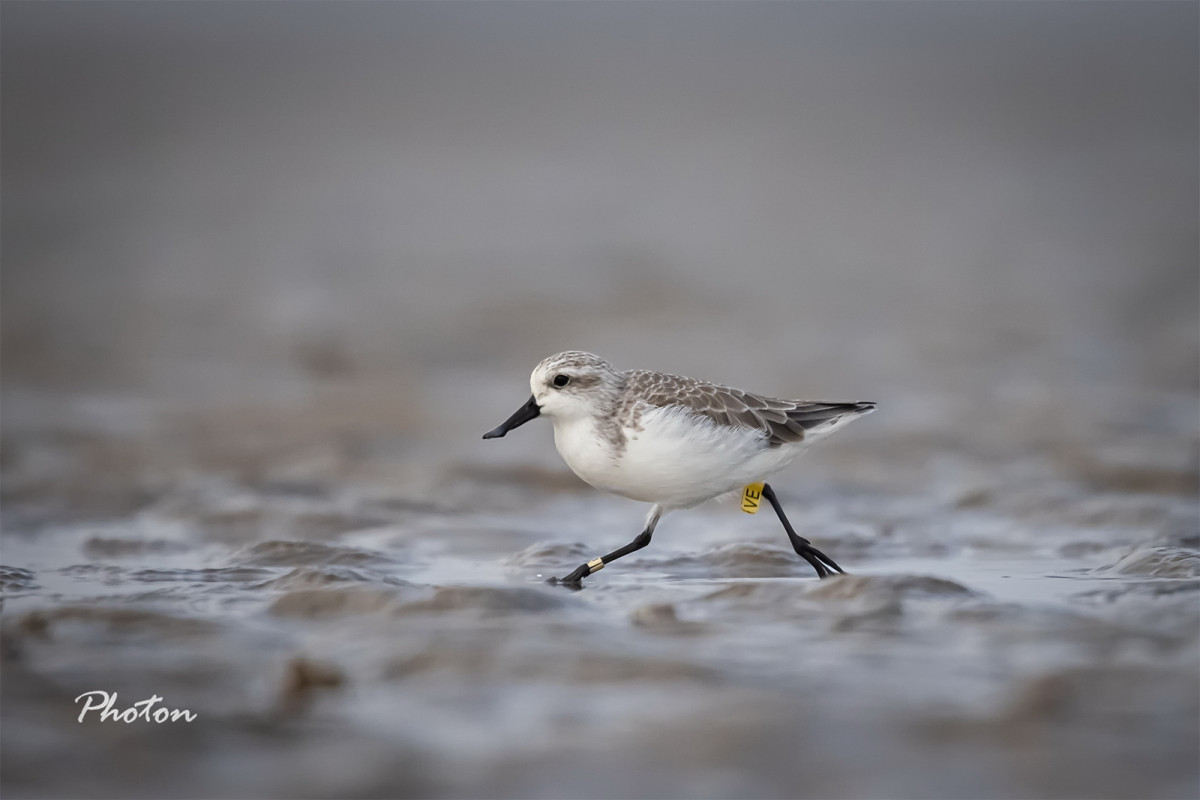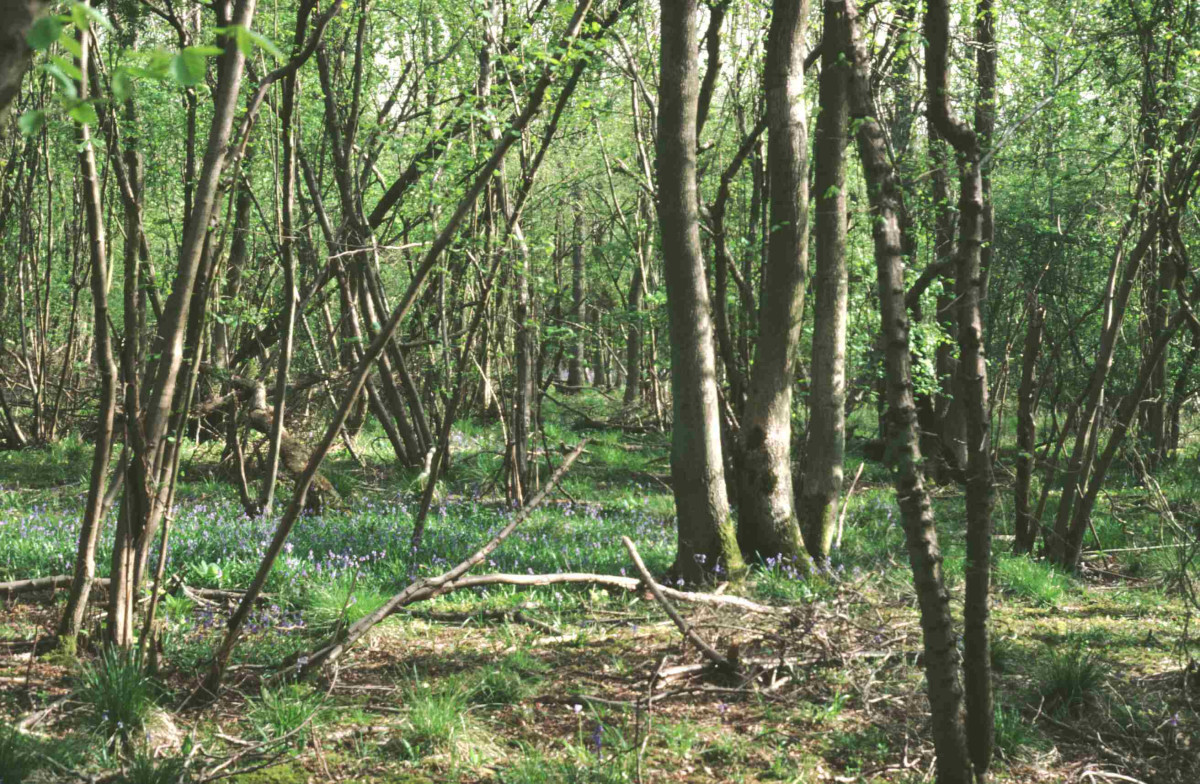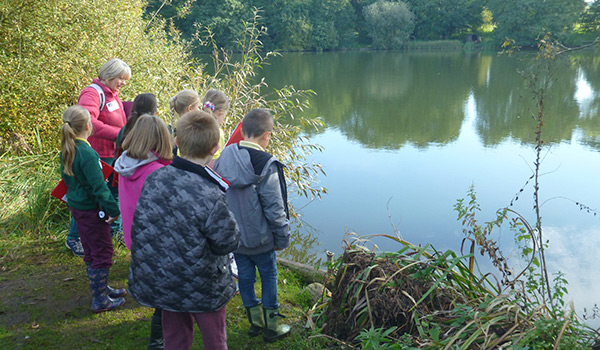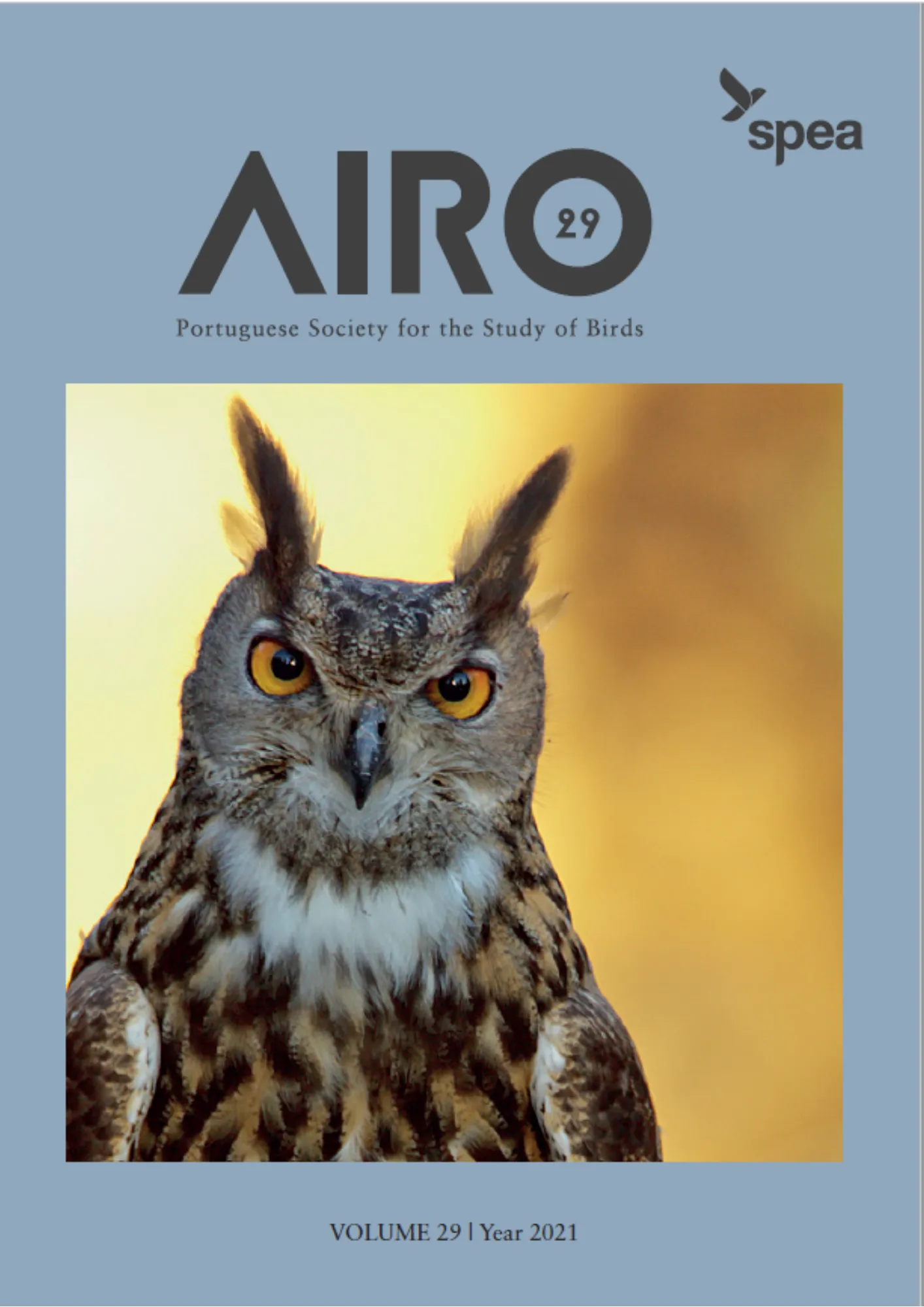BTO publishes peer-reviewed papers in a wide range of scientific journals, both independently and with our partners. If you are unable to access a scientific paper by a BTO author, please contact us.
Search settings
Numbers of Spoon-billed Sandpipers in Jiangsu Province, China, during the post-breeding moult in relation to recent changes in the intertidal zone.
Author: Chang, Q., Ki, T.L.T., Anderson, G.Q.A., Brides, K., Clark, N.A., Ding, J., Leung, K.K.S., Li, J., Melville, D.S., Phillips, J., Weston, E., Yang, Z. & Green, R.E.
Published: 2021
02.08.21
Papers

Woodland management and birds. Part 1. Sylvicultural systems and tree species.
Author: Fuller, R.
Published: 2021
22.07.21
Papers

Engaging schools with long-term monitoring of nature
Author: Pearce-Higgins, J.W.
Published: 2021
In a new paper for the School Science Review (SSR), a themed journal for science teachers, BTO’s Director of Science describes how schools can contribute to long-term biodiversity monitoring schemes, and the benefits to schools and students of them doing so.
30.06.21
Papers

Sensitivities to land use change by breeding Short-eared Owl (Asio flammeus) in Britain
Author: Border, J.A. & Calladine, J.
Published: 2021
Populations of Short-eared Owls are declining across many parts of their range, including here in Britain, where their breeding range contracted between 1990 and 2010. The relationships between a species’ breeding distribution and population trends with environmental variables can provide valuable information to conservation planners. By understanding these relationships it is possible to use Habitat Suitability Models to identify areas of habitat that are suitable for a species, which in turn can be useful when designating protected areas or nature reserves, or when highlighting areas where new planning developments would have an adverse effect.
30.06.21
Papers

Diversity of response and effect traits provides complementary information about avian community dynamics linked to ecological function
Author: Hordley, L.A., Gillings, S., Petchey, O.L., Tobias, J.A. & Oliver, T.H.
Published: 2021
Species vary widely in their ecological and functional traits. Ecosystems containing a wide variety of different traits usually function better and provide more ecosystem services to humans than more homogeneous ecosystems. However, the choice of traits selected to represent diversity within a community can affect our ability to understand ecosystem processes.
19.06.21
Papers
